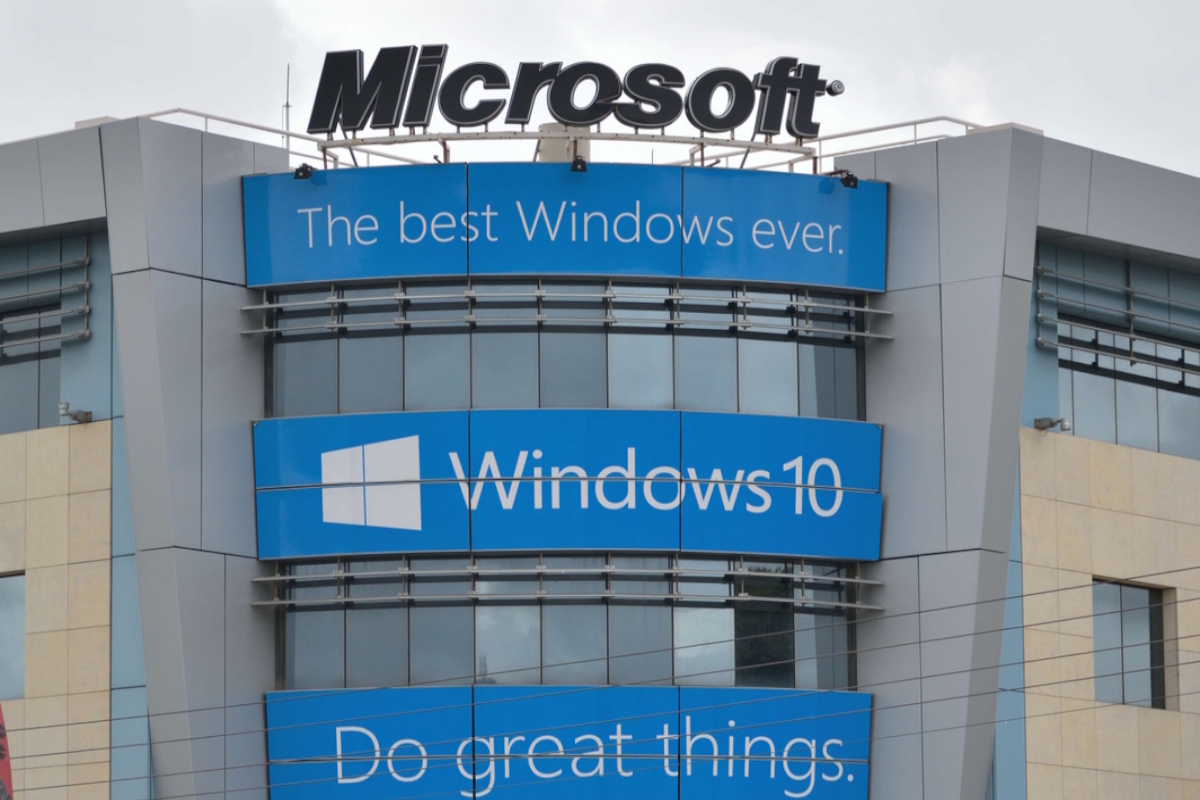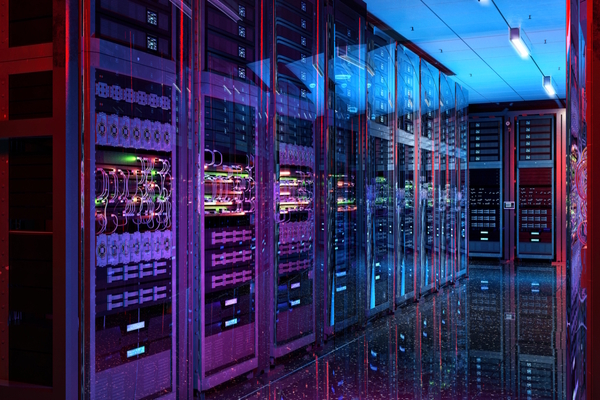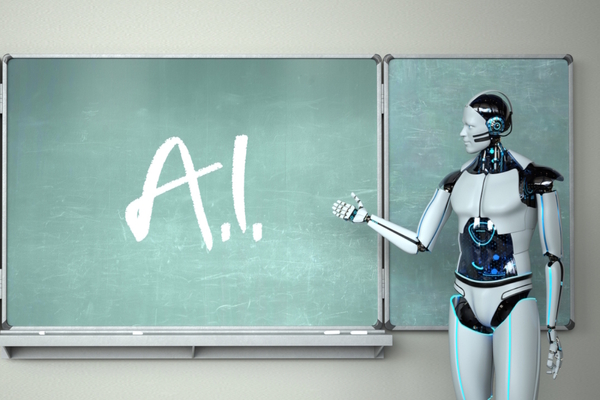Windows 10: the cost of doing nothing

Dan Jones at Tanium explains why no organisation can afford to delay the Windows 10 transition
The 15th of August 2025 marked 60 days until Microsoft officially ends support for Windows 10, beginning a global migration to Windows 11. While many organisations are already well on their way, others are only now starting the countdown. The good news is there’s still time to act decisively. Moving now means you can plan on your own terms, avoid last-minute pressure, and turn the change into an opportunity to strengthen your IT environment.
After support ends in October, devices still on Windows 10 will no longer receive free security updates, leaving them open to known vulnerabilities. That exposure can lead to costly disruption – from lost productivity and breach recovery expenses to compliance fines, reputational damage, and in the worst cases, the permanent loss of sensitive data. Acting early reduces these risks and gives teams the space to manage the transition efficiently and effectively.
An end-of-life (EOL) operating system migration is rarely as simple as scheduling an update. It often involves compatibility testing, hardware upgrades or replacements, and coordinated change management across multiple teams. Even well-resourced IT departments can face delays, unexpected costs, and last-minute challenges. With the deadline approaching, even small setbacks can escalate into missed cut-off dates.
Handled proactively, however, a Windows migration is far more than a box-ticking exercise. It’s a chance to modernise infrastructure, streamline operations, and strengthen security in ways that deliver long-term benefits. As Winston Churchill said, “crises, while challenging, can also present opportunities to re-evaluate, adapt, and create a better future.” Approached in that spirit, the Windows 10 deadline can be a springboard for progress rather than a source of disruption.
A closer look: public sector risks
While the challenge affects every industry, the public sector often faces sharper consequences for missing the deadline to migrate to a new operating system. Famously, IT estates in this industry are rarely uniform; they tend to be a patchwork of newer Windows 10 devices alongside older hardware and legacy applications that have been in service far longer than intended. Migrating these complex environments can be slow, particularly where procurement processes are lengthy and regulatory obligations are strict.
The stakes are high. Public-facing services – from healthcare to local government portals – cannot afford even brief downtime without risking serious financial, operational and reputational fallout. At the same time, sensitive personal data and critical infrastructure make these systems attractive targets for attackers.
We’ve seen how quickly things can unravel when vulnerabilities are left unpatched, with the infamous 2017 WannaCry ransomware attack across the NHS still providing a stark reminder of how quickly unpatched vulnerabilities can bring critical services to a standstill, compromise patient safety and have the potential to cost millions to remediate.
Microsoft’s paid Extended Security Updates (ESU) programme can provide a short-term safety net by delivering three more years of security patches. For specialist systems that need more time to transition, this can be invaluable.
But it comes at a cost – both in terms of budget and risk. In the public sector, that financial cost ultimately falls to the taxpayer, making it far more sustainable to invest in modernisation rather than maintaining outdated systems. Used sparingly and strategically, ESU buys breathing space; relied on too heavily, it risks turning a planned migration into a reactive, high-pressure exercise later down the line.
Pitfalls that derail transitions
Early inventory, proactive supplier engagement, and thorough application testing are proven ways to keep migrations on track and turn the Windows 10 transition into an opportunity for modernisation, not a crisis response. With 60 days until support ends, organisations starting now can still apply these principles to avoid surprises and stay in control of their timelines.
Across both the public and private sectors, there are recurring and predictable challenges that can push migrations off track. Hardware compatibility is often underestimated. Many Windows 10 devices will not meet the requirements for Windows 11.
Without a complete and up-to-date understanding of their IT estate, organisations risk making decisions on incomplete data. That could lead to anything from last-minute hardware purchases to unplanned downtime and even costly project overruns that far exceed the price of a planned migration.
Procurement delays are another common roadblock to a smooth transition. Even if hardware needs are identified early, drawn-out approval processes or slow supplier responses can still stall progress. When those delays overlap with the end-of-life date, the business faces spiralling costs for emergency orders or paid security extensions just to keep critical systems safe.
In some industries, operational constraints such as seasonal demand spikes or regulatory change freezes can shrink the available migration window even further. And then there’s the problem of software dependencies: discovering at the last minute that a core business application hasn’t been tested or certified for Windows 11 can throw the entire schedule into chaos.
While compatibility requires vendor testing, having a complete, real-time view of your software estate lets you see exactly which applications and versions are in use, flag risks early, and plan upgrades before they threaten the schedule. Addressing these dependencies upfront helps avoid costly delays, operational halts, and reputational damage.
The longer these pitfalls are left unaddressed, the more expensive and disruptive they become, but the good news is that every one of these challenges can be addressed with the right preparation.
Security risks – the upside of acting early
Once support for Windows 10 ends, the security profile of every unpatched device changes overnight as new vulnerabilities are uncovered. But migrations offer a rare opportunity to go beyond patching a problem. Replacing or upgrading devices, ensuring consistent security configurations, and tightening patch management can all raise the baseline of protection. In many cases, organisations emerge from the process with a stronger and more readily sustainable security posture than they had before.
Failing to act is a high-stakes gamble and the odds are stacked in the favour of the attacker. History has shown that cybercriminals are quick to take advantage of these moments, and unsupported systems can become prime targets for ransomware and other attacks within days of end-of-life.
The risk is real. Compromised devices can lead to operational outages, reputational damage, and costly remediation which often runs into the millions once lost productivity, regulatory fines and recovery work are factored in.
Acting early also means avoiding the reactive “firefighting” that comes when deadlines are missed. It’s far easier, and far more cost-effective, to strengthen defences as part of a planned migration than in the wake of a security incident.
Visibility and automation for a smooth migration
The organisations best positioned to handle transitions like the one happening in October have two things in common: they have an accurate, real-time view of every endpoint in their environment, and they can act on that information instantly. This level of visibility means knowing not just how many devices are in play, but their exact operating system, patch level, hardware specifications, and readiness for Windows 11.
Without it, migrations risk stalling, racking up unnecessary costs and leaving unpatched systems exposed for far longer than planned.
From there, automation turns solid plans into efficient action. Deploying patches, updating configurations, and rolling out software at scale reduces the risk of human error and accelerates progress. It also frees up skilled teams to focus on higher-value tasks – like testing complex systems or planning for future technology changes.
Without automation, the cost of manual effort, extended timelines and potential security gaps can quickly outweigh the investment needed to modernise. These same capabilities ensure that the next operating system migration, hardware refresh, or major patch cycle can be managed with confidence and speed rather than panic and uncertainty.
Avoid the hidden bill
With just two months left before Windows 10 reaches end-of-life, there is still time to execute a well-planned migration. Acting now means you can control the pace, avoid unnecessary pressure, and ensure the transition happens on your terms. Delay too long, and the cost of doing nothing will arrive in the form of rushed procurement, inflated prices, emergency security fixes and unplanned downtime.
By building a real-time inventory of your organisation’s IT estate, testing critical applications early, procuring any required hardware, and scheduling deployments strategically, organisations can approach the deadline with confidence.
This is more than a compliance exercise. It’s a chance to refresh systems, improve efficiency, and embed processes that make future changes less disruptive. Whether you operate in the public sector or private industry, the same principle applies: organisations that move early can turn what might otherwise feel like a challenge into a strategic advantage.
The departure from Windows 10 is a reminder that moments of change, while challenging, are also the perfect opportunity to reassess, adapt, and build something stronger for the future.
Dan Jones is Senior Security Advisor, EMEA, at Tanium
Main image courtesy of iStockPhoto.com and Lazaros Papandreou

Business Reporter Team
You may also like
Most Viewed
Winston House, 3rd Floor, Units 306-309, 2-4 Dollis Park, London, N3 1HF
23-29 Hendon Lane, London, N3 1RT
020 8349 4363
© 2025, Lyonsdown Limited. Business Reporter® is a registered trademark of Lyonsdown Ltd. VAT registration number: 830519543





